HOW QR CODES ARE TAKING AN OFFLINE AUDIENCE TO AN ONLINE ENVIRONMENT

A QR (Quick Response) code is a type of matrix barcode. Originally invented in Japan in 1994, they were created to streamline the tracking of parts in a car factory via one unique code instead of serval barcodes having to be scanned separately.
Whilst the QR code has been part of our modern digital world for many years now, it wasn’t until the Covid-19 Pandemic that we saw QR codes rise in popularity as they became the ideal solution for businesses to provide paperless menus, tickets, receipts and many other things that would usually have been physically printed.
It’s evident that, even in a post-pandemic world, QR codes are here to stay. We have seen many of these businesses continue to embrace the paperless QR code options over the long-established physical formats we had been used to for so long.
Thanks to QR codes ability to store information such as websites, apps, augmented reality experiences, social media pages and email addresses, they’re an ingenious way to drive consumers to an online destination.
By incorporating QR codes into offline advertising campaigns, brands can increase web traffic, app downloads, online purchases and other digitally trackable metrics, all via traditional offline media channels, where engagement has historically not been measurable in the same way.
With 94% of the UK now owning a smartphone that can quickly and easily pick up a QR code, it’s no wonder we’re seeing them become a major marketing tool for businesses looking to effectively engage with consumers and positively reduce the number of steps in a customer’s journey. With the added benefit of QR codes giving brands the ability to leverage first party data, which is not only a huge advantage in the present, but will be even more valuable in a post third party cookie world.
A typical QR code is black and white but we have started to see businesses get creative with their use of QR codes by customising them to incorporate their logos or brand colours, to help stand out and connect with the audience. A recent digital OOH campaign for Coca Cola at their iconic Piccadilly Circus location, featured a large-scale QR code directing consumers to the Coca Cola app, with the aim of appealing to their gaming audience, a similar QR code could also be found on their cans and bottles also directing customers to the app store. With renowned household name brands already adopting the QR code as a crucial marketing strategy, it’s only a matter of time before medium-smaller brands follow suit, if they haven’t already.
It’s estimated that by 2025 QR code scanning will be up 19% compared to QR code scanning in 2022, making it clear that advertisers will continue to incorporate QR codes within marketing planning in the future thanks to their versatility and effectiveness.
If you would like to know more, please contact us today
T: 020 7583 2010


